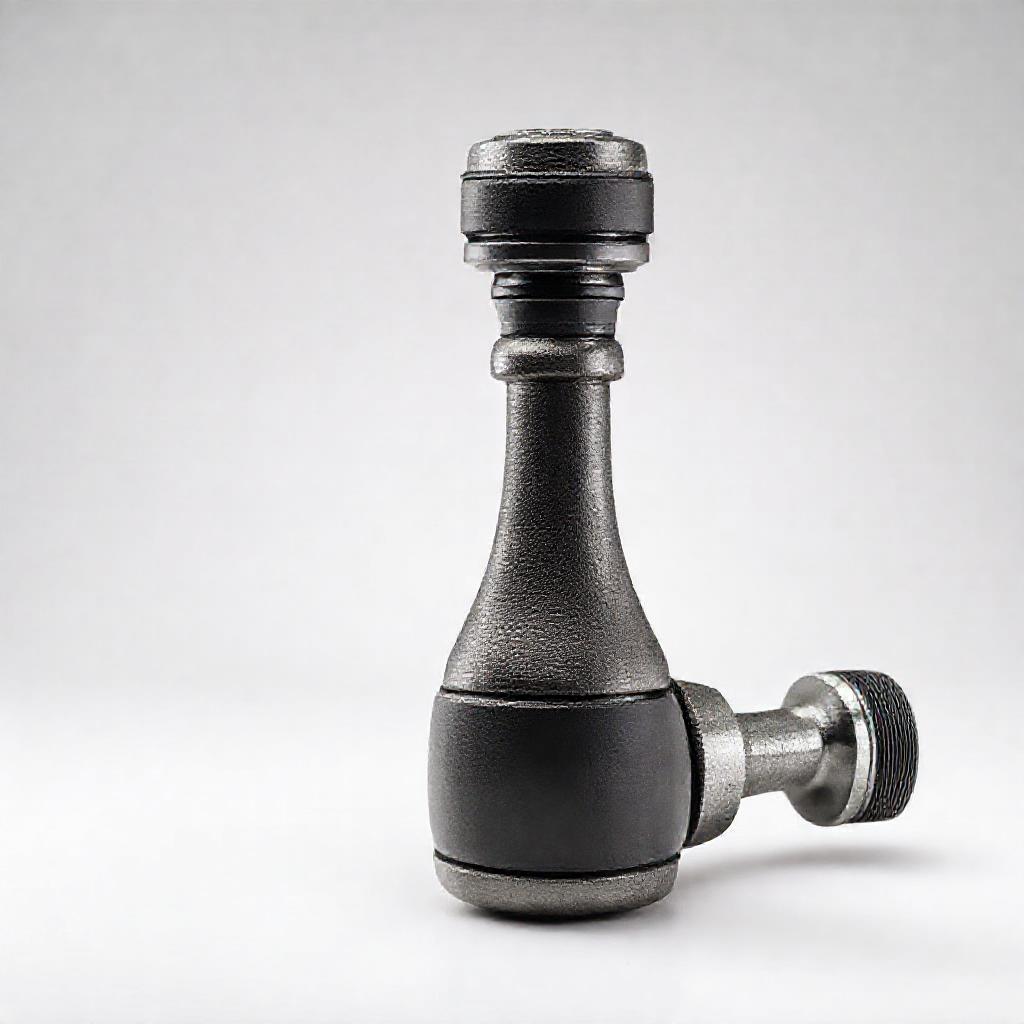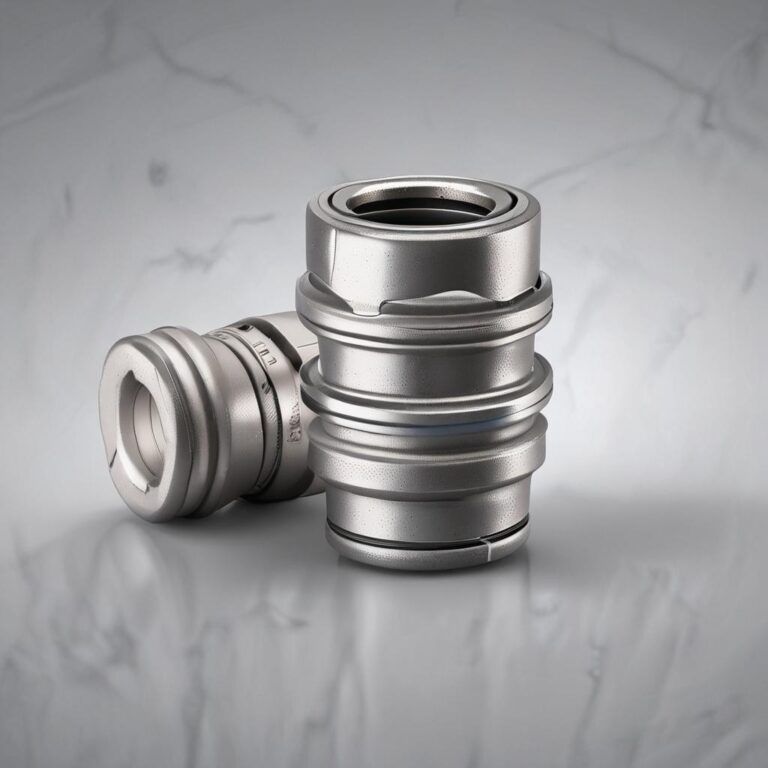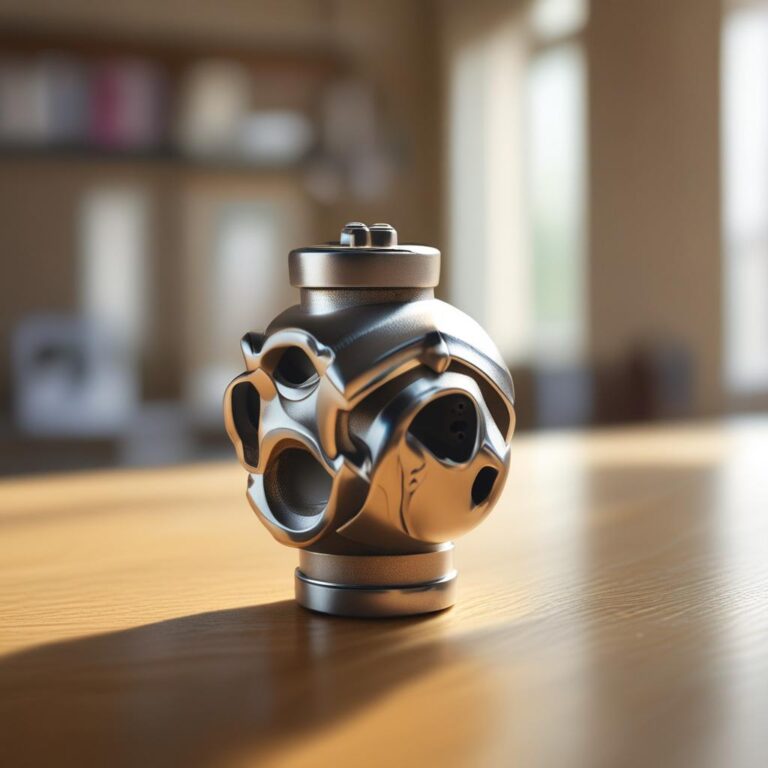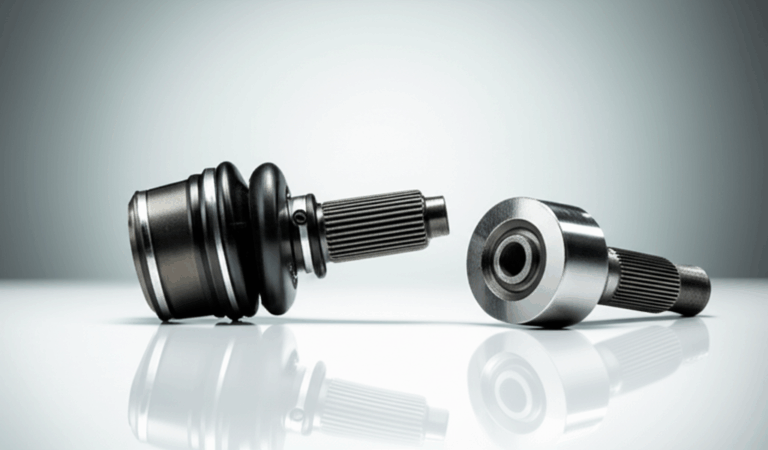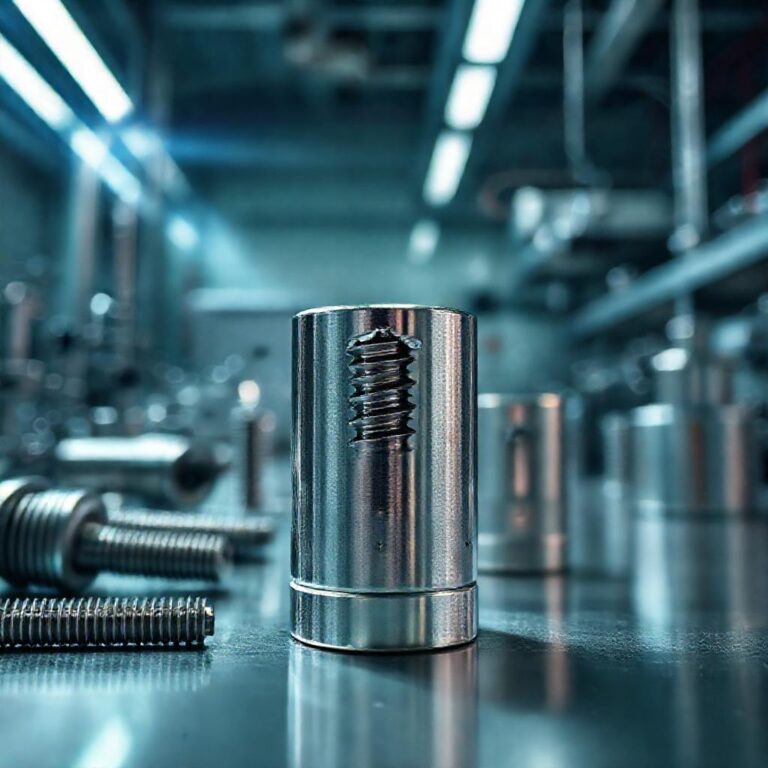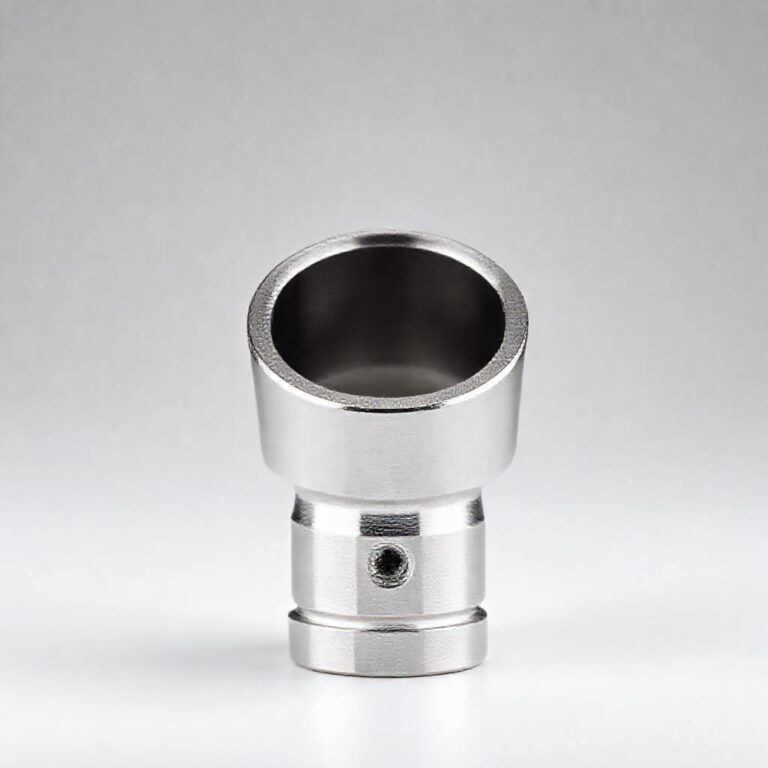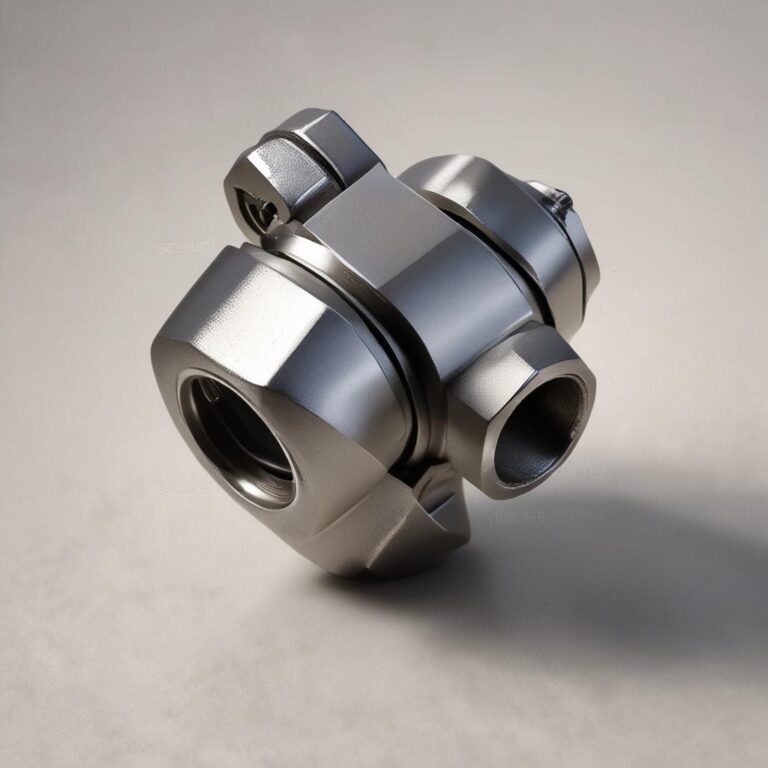Universal Joint Vs Cv Joint: Which One Does Your Vehicle Need?
Your vehicle’s drivetrain relies on critical components to transfer power smoothly from the engine to the wheels. Two of the most essential parts in this system are universal joints (U-joints) and constant velocity (CV) joints. While both serve similar purposes—connecting rotating shafts—their designs, applications, and performance characteristics differ significantly. Choosing the right joint for your vehicle is crucial for maintaining drivetrain efficiency, preventing costly repairs, and ensuring a comfortable ride. In this guide, we’ll break down the key differences between U-joints and CV joints, their functions, and how to determine which one your vehicle needs.
Step-by-Step Process
Identify Symptoms
Check for vibrations, clicking noises, or grease leaks.
Locate the Joint
Find the joint near the driveshaft or wheel hub.
Inspect the Joint
Look for wear, cracks, or damaged CV boots.
Compare Designs
Determine if universal or CV joint fits your drivetrain.
Consult a Mechanic
Verify the correct joint type for your vehicle.
Process infographic for Universal Joint Vs Cv Joint: Which One Does Your Vehicle Need?
Understanding Universal Joints (U-Joints)
What Is a Universal Joint?
A universal joint, commonly called a U-joint, is a mechanical coupling that allows rotational motion between two misaligned shafts. Its primary function is to transmit torque while accommodating angular changes in drivetrain components. U-joints are widely used in rear-wheel-drive (RWD) and four-wheel-drive (4WD) vehicles, where flexibility is needed to handle varying suspension movements and axle angles.
Components of a Universal Joint
A U-joint consists of several key parts:
- Cross/Yoke Assembly: The main body that connects the two shafts.
Together, these components work to transfer power efficiently while allowing for angular movement.
Types of U-Joints
U-joints come in various designs, including:
- Cardan Joints: The most common type, featuring a cross-shaped spindle.
Signs of a Failing U-Joint
Common symptoms of a worn U-joint include:
- Vibrations, especially at higher speeds.
If you notice these issues, inspect the U-joint for wear or damage.
Understanding CV Joints
What Is a CV Joint?
A constant velocity (CV) joint maintains a consistent rotational speed between connected shafts, even at varying angles. Unlike U-joints, which can cause speed fluctuations, CV joints provide smooth power transfer, making them ideal for front-wheel-drive (FWD) and all-wheel-drive (AWD) vehicles.
Components of a CV Joint
A CV joint assembly includes:
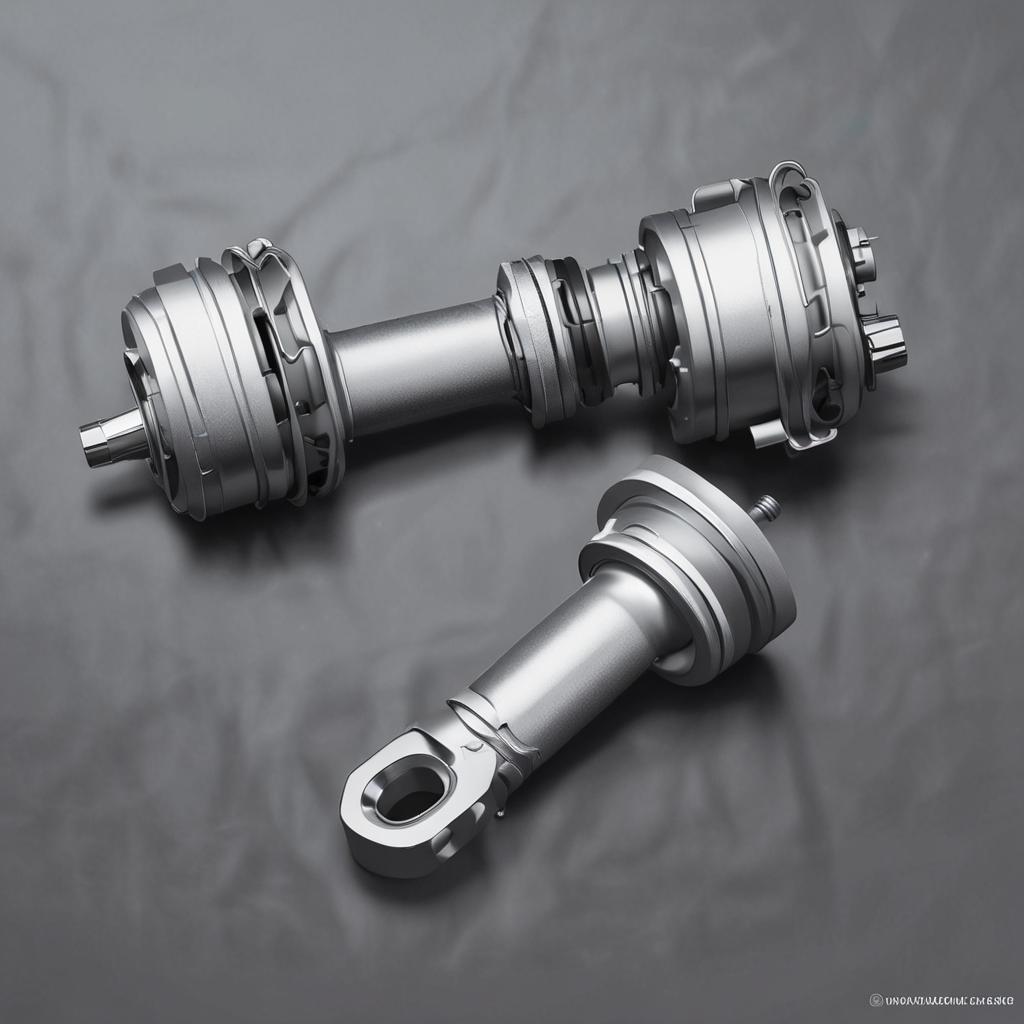
- Inner and Outer CV Joints: The inner joint connects to the transmission, while the outer joint connects to the wheel.
Types of CV Joints
CV joints are categorized by their design:
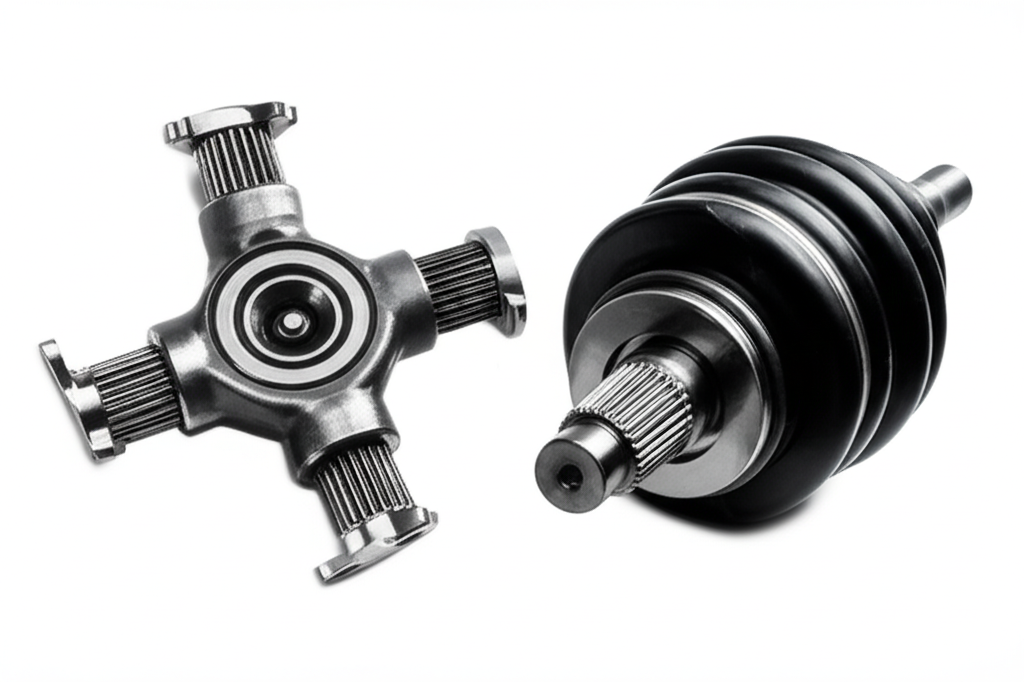
- Fixed CV Joints: Remain at a constant angle, often used near the transmission.
Signs of a Failing CV Joint
Watch for these warning signs:
- Clicking or popping noises when turning.
Regularly inspect CV boots for tears and ensure they’re properly lubricated.
Key Differences Between U-Joints and CV Joints
Design and Functionality
U-joints are simpler, mechanical couplings that allow angular movement but can cause speed variations. CV joints, on the other hand, maintain constant rotational speed regardless of angle, ensuring smoother performance.
Applications in Vehicles
U-joints are common in RWD and 4WD vehicles, while CV joints are standard in FWD and AWD vehicles. Some AWD systems may even use both.
Durability and Maintenance
U-joints typically last longer with proper lubrication but can wear out faster under heavy loads. CV joints require intact boots to prevent contamination, making regular inspections essential.
Cost and Replacement Considerations
U-joints are generally cheaper and easier to replace than CV joints. However, CV joints offer better performance, justifying their higher cost in FWD/AWD systems.
Which Joint Does Your Vehicle Need?
Identifying Your Drivetrain Type
Check your vehicle’s drivetrain configuration:
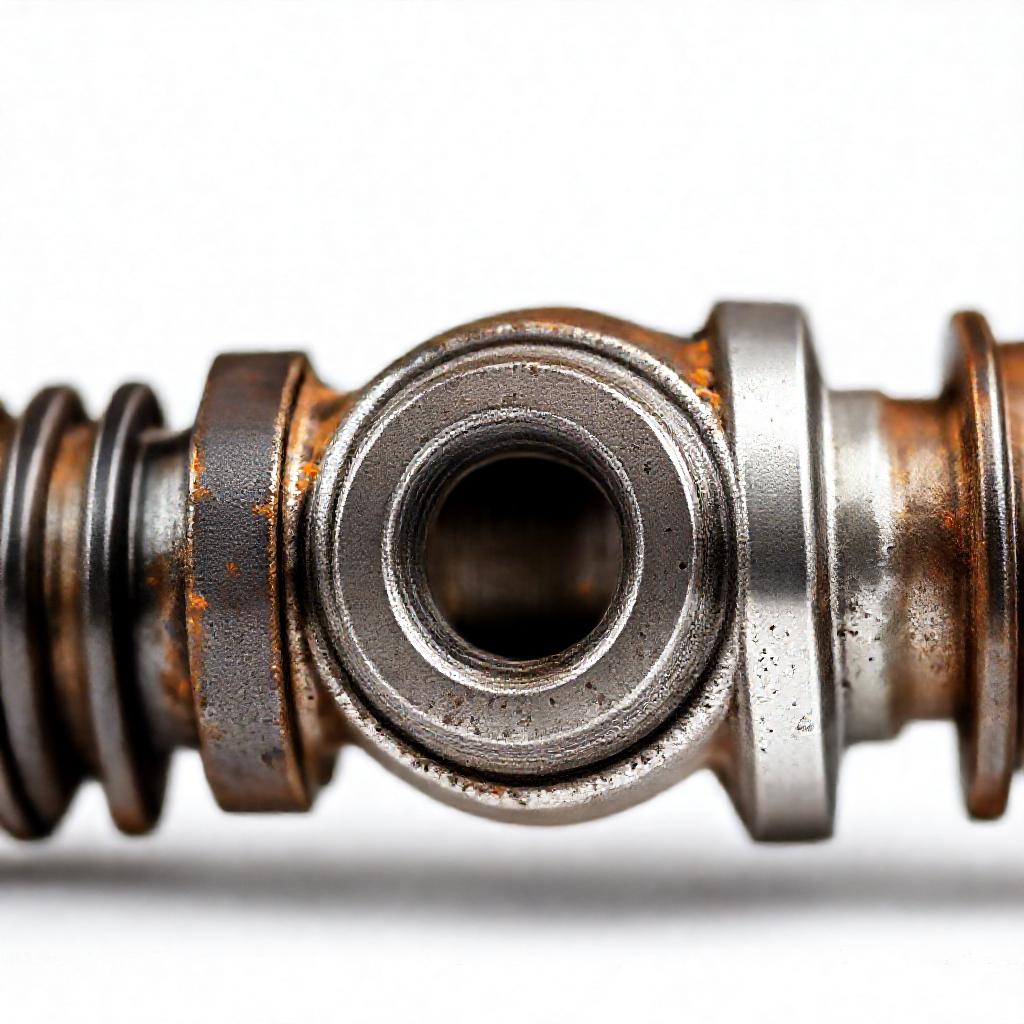
- FWD: Uses CV joints in the front.
When to Upgrade or Replace
Consider replacing joints if you experience:
- Performance degradation.
Professional vs. DIY Replacement
U-joints are easier to replace at home with basic tools. CV joints, however, often require specialized equipment and knowledge, making professional replacement preferable.
Conclusion
Choosing between U-joints and CV joints depends on your vehicle’s drivetrain and performance needs. U-joints are durable and cost-effective for RWD systems, while CV joints provide smoother operation for FWD/AWD vehicles. Regular maintenance, such as lubrication and boot inspections, is key to extending their lifespan. If you’re unsure, consult a mechanic to ensure the right joint is installed for optimal performance and safety.
FAQs
1. Can you mix U-joints and CV joints in the same drivetrain?
In some AWD/4WD systems, both joints may be used. However, mixing them in an incompatible setup can cause drivetrain binding or failure.
2. How often should CV joints be checked for damage?
Inspect CV boots every 6 months or 10,000 miles for tears. If damaged, replace them immediately to prevent joint contamination.
3. Are aftermarket CV joints or U-joints better than OEM?
Aftermarket parts can offer cost savings, but OEM or high-quality aftermarket brands provide better reliability and fit.
4. What happens if a CV joint or U-joint fails completely?
Continuing to drive with a failed joint can lead to drivetrain damage, loss of power, or even a dangerous breakdown.
5. Can I drive if my CV boot is torn but the joint is intact?
Driving with a torn boot is risky, as dirt and moisture can quickly damage the joint. Replace the boot as soon as possible.

